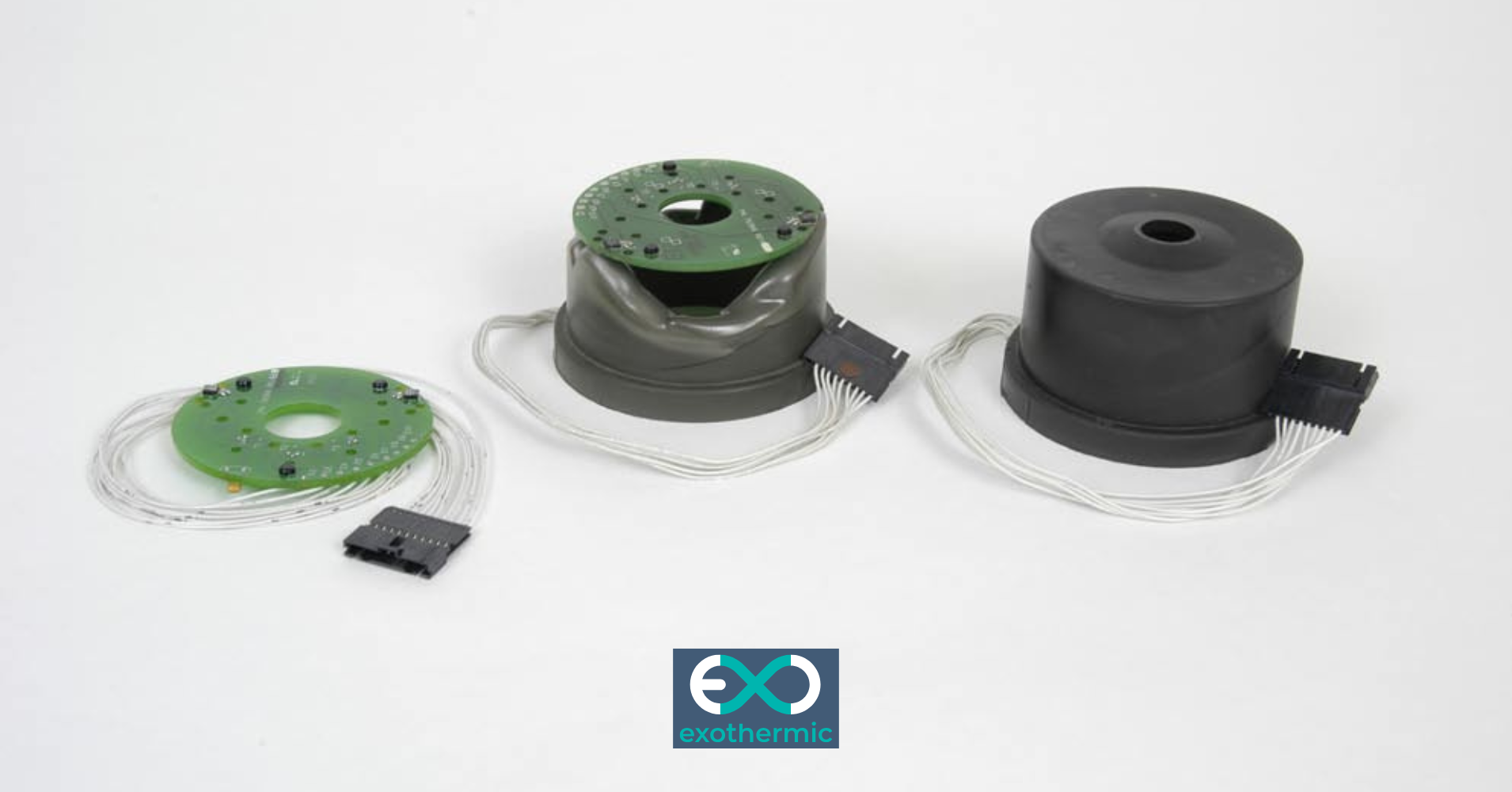Protecting What Matters: Engineering Solutions Through RIM Encapsulation
Engineers face a persistent challenge: how do you protect sensitive components without compromising...
By: Paul Steck on Mar 11, 2025 8:00:00 AM

Industrial designers face a variety of material choices when creating products, including metal, fiberglass, thermoplastics, thermoform, and structural foam. However, these options often come with limitations that restrict design flexibility. Reaction Injection Molding (RIM) is a highly effective alternative that overcomes many of these limitations while providing unique benefits.
Developed in the late 1960s, RIM has been widely adopted in the automotive industry and is now gaining traction in other industries, including medical equipment and electronics enclosures. Below, we explore five key advantages of RIM that make it an ideal choice for complex plastic parts.
One of the most compelling advantages of RIM is its ability to produce large, single-piece components. The process utilizes low-viscosity polyurethane resins that fill molds quickly and completely, ensuring fine detail accuracy and structural integrity.
For example, leading agricultural machinery manufacturers like Deere & Company and CNH Global have used RIM to create large-scale parts, including rear shields and outer shells for combines. The process has also been employed in the energy sector to mold 24-foot-long wind turbine blades, demonstrating RIM’s capability to handle both large dimensions and complex designs efficiently.
 2. Encapsulation of Other Parts and Materials
2. Encapsulation of Other Parts and MaterialsRIM is an excellent choice for encapsulating other materials and components, either to enhance structural strength or provide protection. The low-pressure, low-temperature nature of the process ensures that encapsulated parts are not deformed or damaged.
For instance, Kendro Laboratory Products utilized RIM to develop a high-speed centrifuge with an encapsulated aluminum and steel shell. This approach enabled them to achieve both structural integrity and an aesthetically appealing finish. RIM has also been used to safeguard sensitive electronic components by encapsulating circuit boards, preventing damage from environmental stressors and tampering.
 3. High-Quality Surface Finish
3. High-Quality Surface FinishThe fine detail precision of RIM results in high-quality surface finishes, which reduces the need for post-production finishing. The process allows designers to mold complex textures directly into parts, ensuring consistency and durability.
RIM components take paint exceptionally well, making them ideal for applications where color matching and branding consistency are crucial. Automotive manufacturers frequently leverage this advantage to ensure that RIM parts match painted metal components while maintaining flexibility and impact resistance.
For simpler geometries, in-mold painting is an alternative finishing method. This technique involves applying a polyurethane coating inside the mold before injecting the primary material, resulting in a fully finished product upon demolding. A major banking institution utilized this process for the production of 2,300 identical kiosks, ensuring durability, branding accuracy, and cost-effectiveness.
Unlike many competing manufacturing processes, RIM enables the creation of parts with variable wall thicknesses. The liquid nature of the polyurethane components allows for easy molding of complex geometries, thin and thick sections, and reinforcing structural elements like ribs.
Becton-Dickinson capitalized on this capability when designing the door assembly for their Phoenix Automated Microbiology System. The part featured intricate curves, molded-in bosses, and varying wall thicknesses, all of which were achieved seamlessly using RIM.

Cost is always a consideration in manufacturing, and RIM offers significant savings in tooling expenses. Unlike traditional thermoplastic injection molding, which requires high-temperature and high-pressure steel molds, RIM molds can be made from lower-cost materials such as aluminum or epoxy.
Additionally, the lower pressure requirements allow for smaller, more compact molds, enabling multi-cavity designs that produce multiple parts simultaneously. For production runs of 200 or fewer units, RIM often delivers a lower total unit cost compared to other molding methods.
 Reaction Injection Molding presents a range of benefits that provide industrial designers and engineers with unparalleled design flexibility. Whether producing large parts, encapsulating components, achieving fine surface finishes, accommodating variable wall thicknesses, or reducing tooling costs, RIM is a superior choice for many plastic part applications.
Reaction Injection Molding presents a range of benefits that provide industrial designers and engineers with unparalleled design flexibility. Whether producing large parts, encapsulating components, achieving fine surface finishes, accommodating variable wall thicknesses, or reducing tooling costs, RIM is a superior choice for many plastic part applications.
Beyond these five advantages, RIM also excels in heat resistance, thermal insulation, dimensional stability, and resistance to chemicals and weathering. As more industries recognize its benefits, RIM continues to be an innovative solution for complex manufacturing challenges.
Engineers face a persistent challenge: how do you protect sensitive components without compromising...
When engineers need to produce large plastic parts, they often face a frustrating trade-off: accept...
When two large regional banks merged and management decided to re-brand the 2,300 new branches,...